The Declutter Mindset
As an Amazon Associate and member of other affiliate programs, I earn from qualifying purchases.
For most people the biggest barrier to getting organized is decluttering. In order for a space to be functional and feel tranquil it must first be cleared of all things extraneous. For some folks the sheer size of the ‘extraneous’ category is what is so intimidating, for others it’s the decision-making process and for many it’s both. The speed of decision-making is the driver of how long an organizing project is ultimately going to take, and whether you are taking on the project yourself or bringing in professional help you should have some awareness going in of of your own difficulty level in letting things go.
the reasons why
In my practice with clients I hear many reasons why they need to keep things. These reasons generally fall into three buckets. The first bucket has to do with money, the second avoiding waste, and the third has to do with feelings of obligation and nostalgia. I find that people generally fall into one or two of the buckets when we are doing decluttering work; a few extend into all three and for them decluttering is a pretty excruciating exercise. There is a reason that I recommend no more than one 3 hour session a day per client. Decluttering is mentally exhausting for most people and often prevents them from realizing their dream of a neat and tranquil home where everything has its place. It is helpful to see ahead of time some of the reasons people list for keeping something so you can recognize which bucket you may fall into when decluttering. If you already have awareness going into the project it will be easier to resist the gravitational pull of your bucket; name it and you diminish its power. See if you recognize yourself in the examples below:
The Money Bucket
“I paid good money for it” It is hard to confront the fact that you parted with your hard-earned cash for something that you no longer need (or in some cases that you never needed!) Maybe you purchased something that you thought you didn’t have only to realize, once you begin uncovering things, that you indeed already have said item so now you have two. And you don’t need two. But you paid for it and can’t get your money back. Grrrrr.
“It was a good deal” The hallways of organizing projects are littered with the carcasses of ‘good deals.’ You bought that set of plates because it was such a good deal but you never use them and they are taking up space in your kitchen. You bought that sweater because it was 50% off but the tags are still on it and it has sat untouched in your closet for 3 years. The Kids Educational Box subscription felt practically free when you bought it but your playroom closet is stacked with unused box kits. Sigh.
The Waste Bucket
“I might need it” The list of things you ‘might need’ someday could fill a 7000 sqft house (and does in some cases!) You got your kid a LifeStraw purifying water bottle to take to backpacking camp and it’s sitting with the other 150 water bottles that need to be edited. ‘But Bobby might need it again someday!’ you think, even though Bobby has professed that he hated backpacking camp and has vowed never to go back. If you have a food processor or stand mixer you know they each come with about 50 attachments. You have had yours for 10 years and have never used the shredding attachment. Not once. Ever. ‘But I might need it!’ You don’t need it, you will never need it, you will not remember you ever had it. Promise!
“It is still useful” Trading something useful in for a newer, shinier model is understandable – except you didn’t trade it in, you kept both! A few years ago you got a new waffle iron that makes waffles in the shape of hearts. Your kids love heart-shaped waffles! But you still kept the regular waffle iron because it’s ‘perfectly good.’ You take a ton of pictures (like me!) and recently got a new new mirrorless DSLR camera, congratulations! Your old one is now abandoned and relegated to a high shelf in the coat closet; you can’t get rid of it because there is nothing wrong with it – still works great! It’s true that camera is perfectly good and someone should use it, but now that you have a shiny new model that someone is not going to be you. I swear.
The Heartstring Bucket
“It reminds me of (insert sentimental event, person, place)” This is one of the hardest examples and if you are a sentimental person you have every right to hold onto memories. But when the memorabilia transform your home from a living space into a storage space they are not serving you and your sentimental heart. You kept the dress you wore for your Rehearsal Dinner because it reminds you of that special night. Agree that night was special. And I bet you have pictures. And unless you had an outfit-change my guess is that you are wearing the dress in the pictures. Et voila! The memory is preserved! You don’t need to keep the actual dress! You are keeping a mini TV from the ‘80’s because it was your mother’s and it reminds you of her. Do you have anything else that reminds you of your mother? Items you will actually use, display or interact with? It’s helpful to put a single item in the broader context of the particular sentiment you are anxious to protect. If you kept everything your mom used because it was hers you would have a garage’s-worth of mom memorabilia. Out of that breadth of memories select the things that mean the most and give them a place of prominence in your home. Mom would not want you to hold on to that TV.
“Someone I love gave it to me” This example is pretty close to the one above but it has a twist. In this case you don’t really care about the item in question but you have kept it out of obligation. Your Mother-In-Law (most common example, shocker) gave you a silver picture frame as a gift. It’s sitting in a box in the closet because your design aesthetic leans toward black for your framed photos. But you don’t get rid of it because she gave it to you. You would feel guilty if you got rid of it. People you love (and plenty you don’t!) will give you things. Some of those things you will treasure and use. Some will gather dust and take up space in your home. In the immortal words of Elsa ‘Let It Gooooo’ – it is highly likely that the person in question will never know that you donated said item. And if they ask about it there are any number of white lies you can employ to steer away from the topic.
Have you identified which bucket you lean towards? Can you anticipate which examples will be most common for you? Recognizing your own potential pitfalls of decluttering is a good first step in preparing for your project!
the ways how
Now that you are prepared to combat the negative self-talk lurking in your subconscious you can move on to some effective tactics to get you into a decluttering mindset. There are three helpful tactics I use with clients.
-
Start With An Easy Category Find a category that is not sentimental (the kitchen is a good place to find one) as a warmup. I like to start with water bottles. Almost every client I have worked with has an over-abundance of water bottles. Remember to gather the bottles from all of the places they may be hiding (cars, mudroom, bedrooms, etc.) so you can see everything. Now rev up your engine and start editing! Listen to your own internal dialogue as you are making decisions. It will be hard at first (especially if you have a shit-ton of water bottles) but by the end of that category you will be in the groove and the ground will be fertile for your next editing effort.
-
Zoom Out For Context When decluttering it’s important to look at each item in the broader context of the category. If you consider each item individually you will find multiple reasons to keep it. If you zoom out and look at the individual item in the context of its many companions you will find it easier to let the cream rise to the top (and dump everything that isn’t cream!)
-
Start With a Blank Slate When editing down feels too overwhelming try starting with nothing and building up. This is a trick I employed often way back in my buying days with Nordstrom. As a buyer it was very challenging to edit down assortments for our smallest stores. It was way more fun to buy for the Bellevues, South Coast Plazas and King of Prussias of the world than a little store who could only afford a few styles. Because it was so hard to edit down from everything I would instead start with nothing and add what I absolutely needed for those baby stores. Start with nothing and decide how many (insert category) you need then pick out your favorites to build your ‘assortment.’
If you are doing all of these things and still having a hard time let me assure you that once you have decluttered you will most assuredly not remember the things that you had such a hard time parting with, I promise! Many clients, once we’ve gotten going, build such good decluttering momentum that they recognize the mindset and when they are in it they declutter on their own and save valuable session time with me!

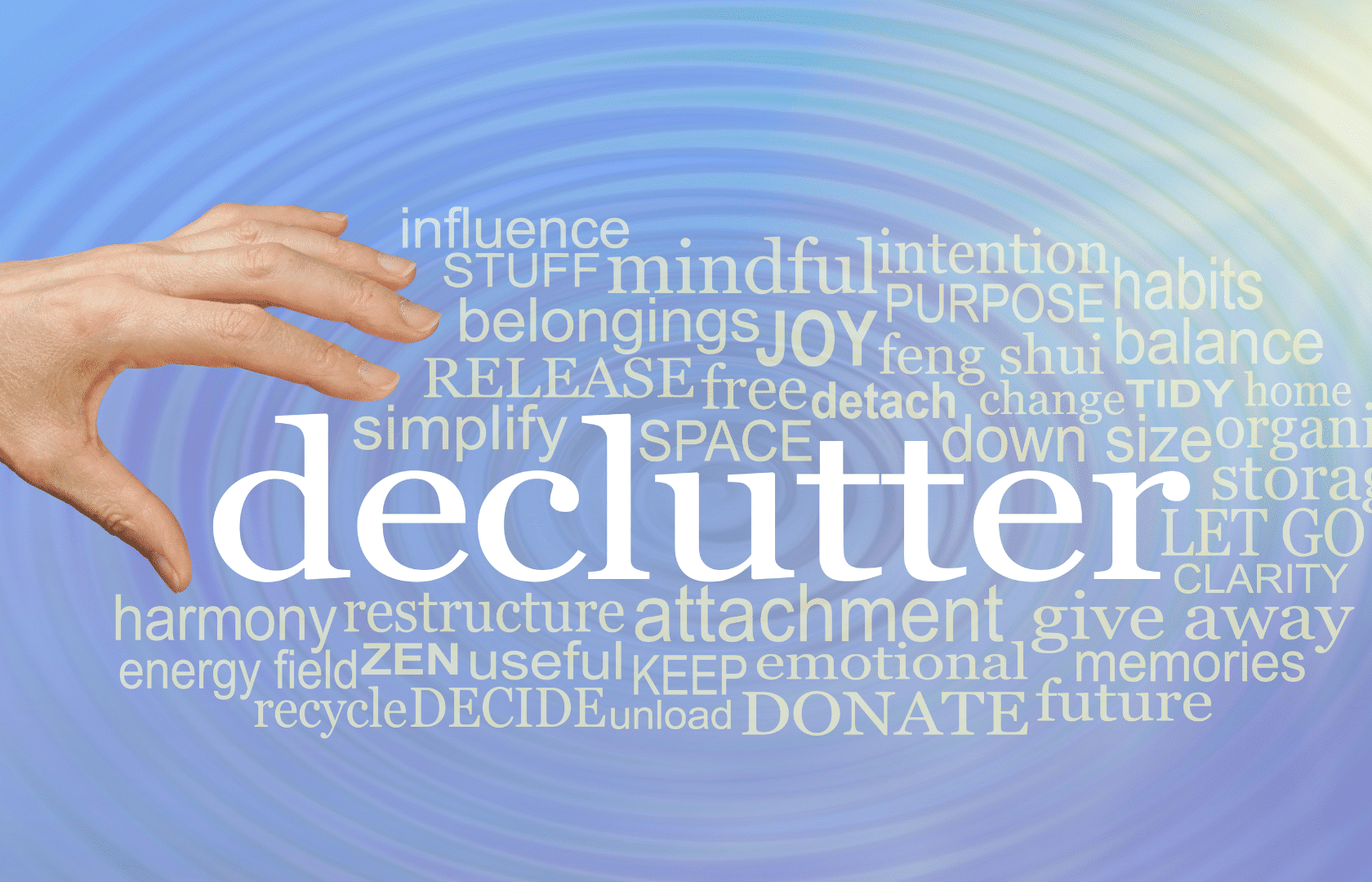

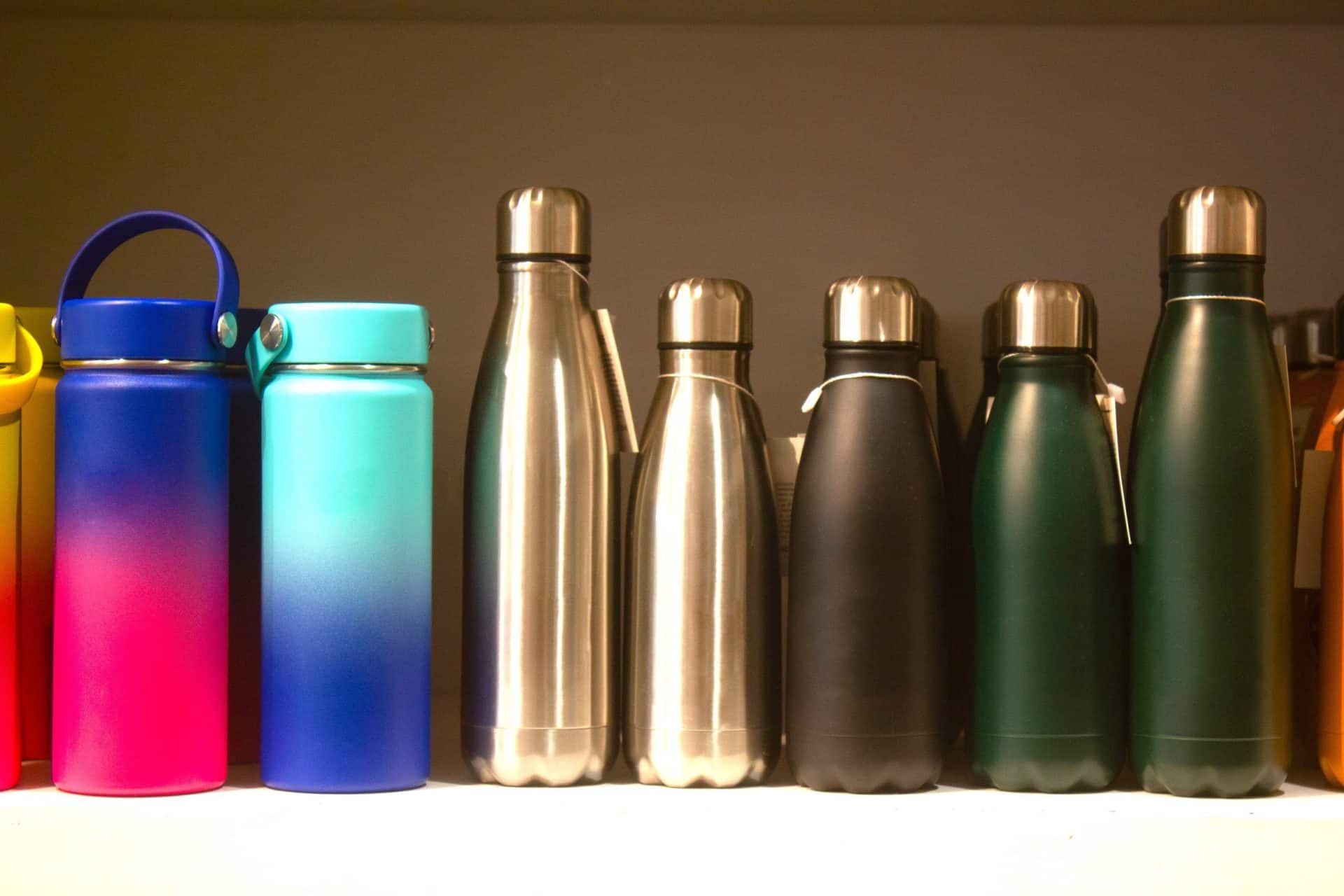
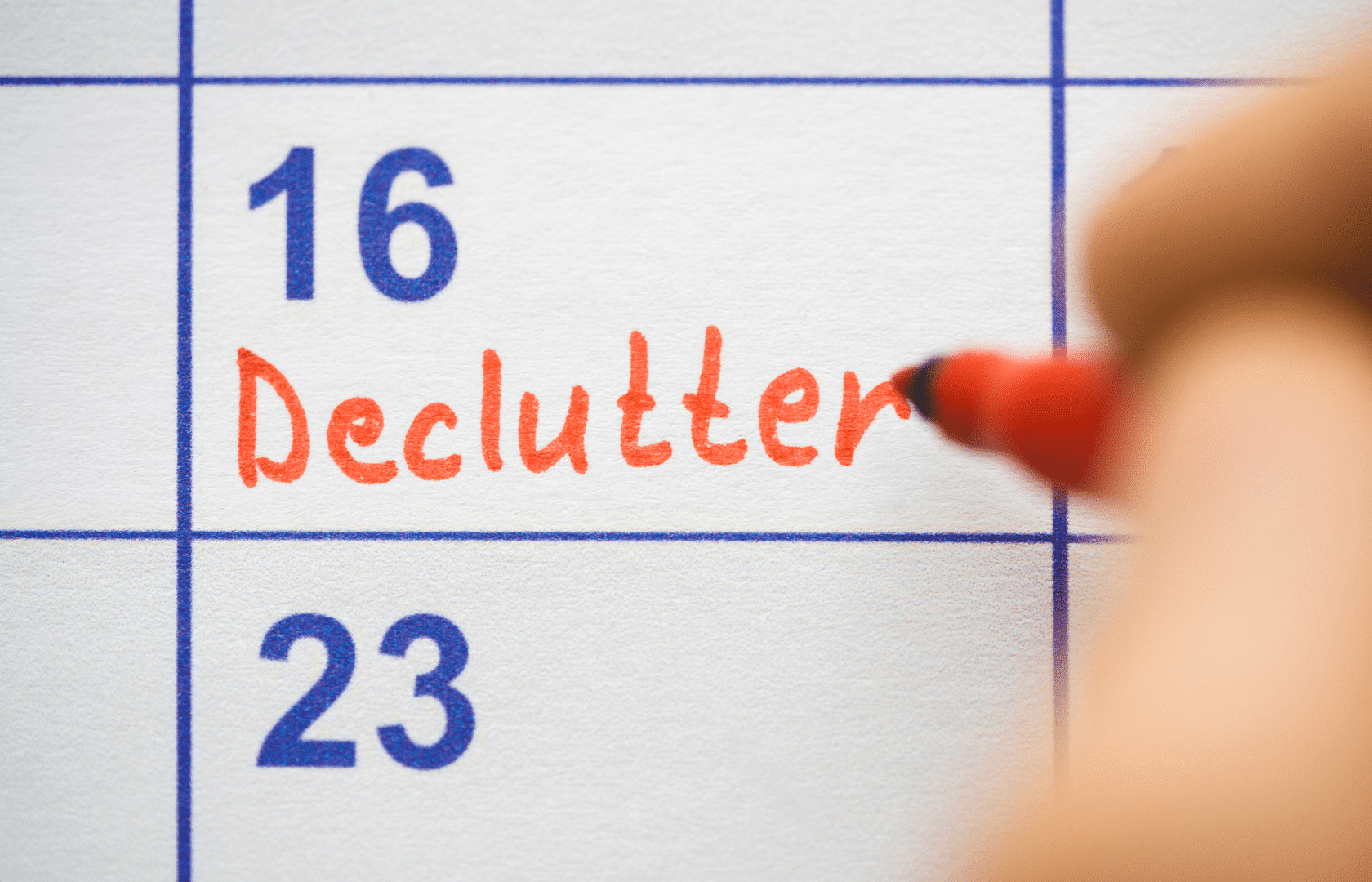

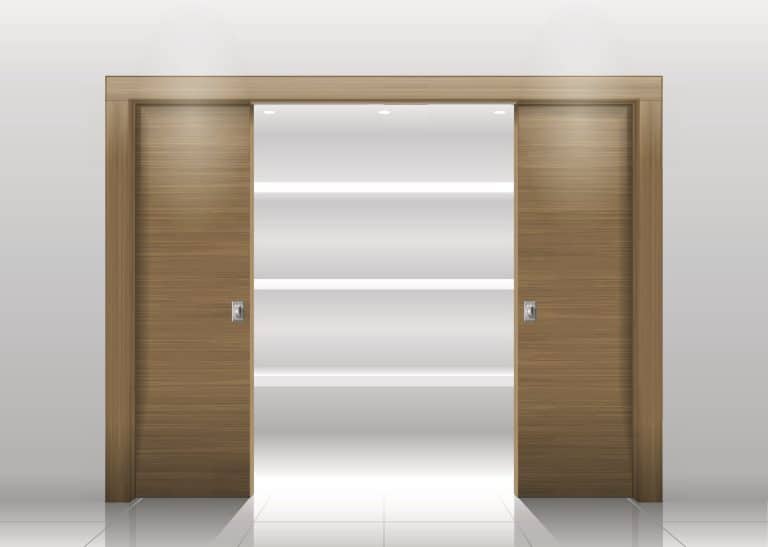
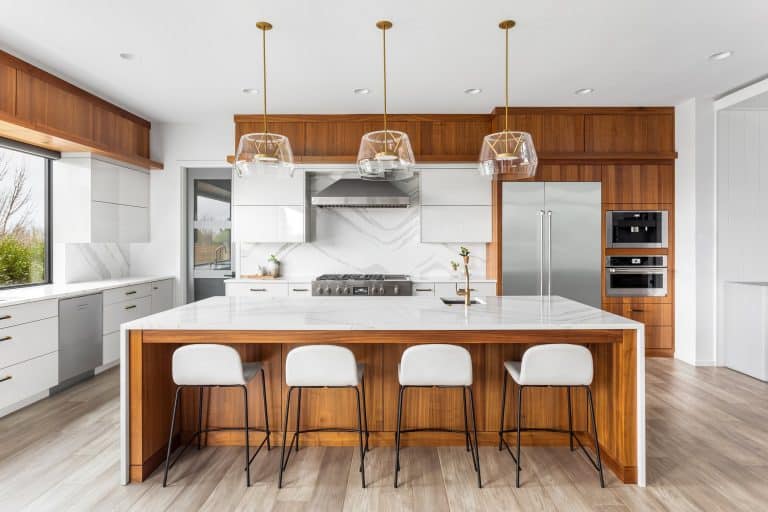

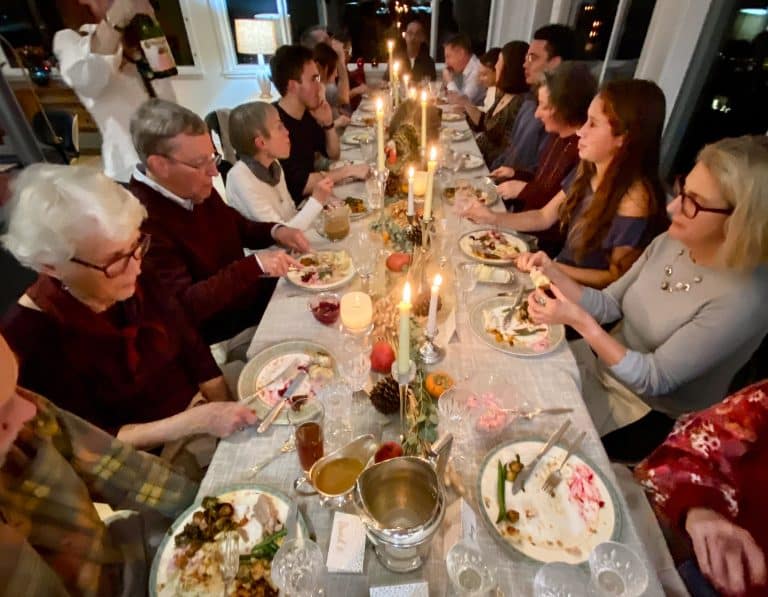
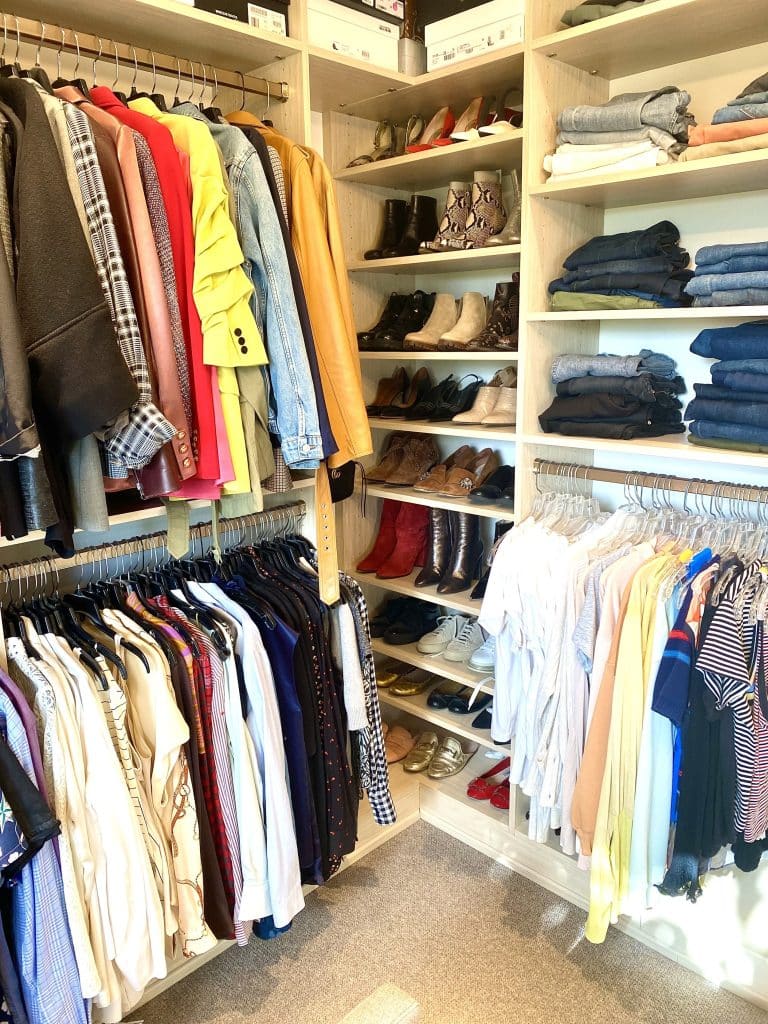
Method Seattle Comment Policy
We welcome relevant and respectful comments. Off-topic comments may be removed.